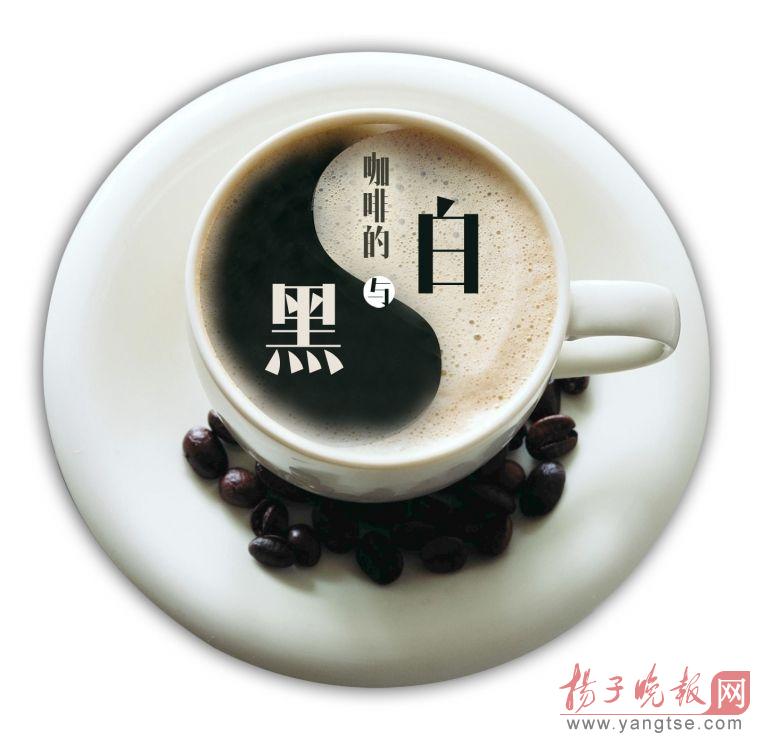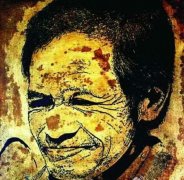Healthy drinking too much coffee will lead to bone loss

Basically drink coffee at home and carbonated drinks outside. A beautiful civil servant in Suzhou in her 20s had a chance to measure bone mineral density, and the result was-1.8, which was not only lower than that of colleagues, but also lower than that of middle-aged women. October 20th is World Osteoporosis Day. Xu Youjia, chairman of the Professional Committee of Osteoporosis and Bone Mineral Diseases of Suzhou Medical Association and Professor Xu Youjia of the second Hospital of Suzhou University, said in an interview that there are still many young people with similar conditions.
Xue Mayi, an all-media reporter from Yangzi Evening News
Drink too much coffee
Bone mass loss of female civil servants
A reporter from the Yangzi Evening News learned that Xiao Qi, a slender, bright-eyed civil servant in his 20s, tested the bone mineral density by chance. When he was surprised, the result was-1.8, which was not only lower than that of colleagues but also lower than that of middle-aged women. Questioning Xiao Qi's living habits, her idea is shocking: she pursues not eating fat but drinking coffee drinks; she says sheepishly that she has never drunk "plain boiled water" since she is sensible, basically drinks coffee at home, drinks carbonated drinks outside, and weighs herself every day.
Professor Xu Youjia said that there are really many young people like Xiaoqi at present. A few years ago, the American Postmenopausal Society discovered this phenomenon and began to conduct a prospective clinical observation study on this group of people. According to the current medical point of view: the normal use of calcium requires a "standard ratio of phosphorus and calcium", a large number of carbonated drinks will lead to excessive intake of phosphorus, and calcium absorption will be significantly reduced when eating high-phosphorus drinks, therefore, drinking too much carbonated drinks will reduce the storage of calcium in bones.
With regard to coffee, it is a consensus in the medical community that continuous excessive consumption will lead to bone loss. Because caffeine can be combined with free calcium in the body and excreted through urine, and the decrease of free calcium will cause the decomposition of bound calcium, resulting in bone loss. Researchers in the United States have conducted a clinical study on 980 postmenopausal women. The results show that those who drink coffee (more than 2 cups per day) without milk for a long time will decrease the bone mineral density of their hips and vertebrae regardless of age and obesity. The degree of reduction is positively related to the duration and amount of drinking.
Often have low back pain
Watch out for osteoporosis.
According to Professor Xu Youjia, at present, China has the largest number of osteoporosis patients in the world, with a total of 90 million, and its serious consequence is brittle fracture. According to statistics, hip fractures have a mortality rate of as high as 20% and a disability rate of 50% within one year, which brings a heavy burden to society and families, which is worthy of attention. "fall is the fourth cause of injury death in China. Among people over 65 years old, fall is the leading cause of death, and the common osteoporosis is inextricably related to falls in the elderly."
However, osteoporosis as a common disease, its scientific knowledge of prevention and treatment is little known, many misunderstandings, a serious threat to the health of the middle-aged and elderly, resulting in a happy old age life is always accompanied by illness. Because the development of osteoporosis is long-term, hidden, about 50% without any early symptoms, until the fracture is detected, so it is called the "silent killer" by the medical community.
How is osteoporosis going on? Popularly speaking, first of all, there is a decrease in bone mass. Human bone is composed of bone mineral and bone matrix, and the reduction of bone mineral to a certain extent is osteoporosis. For example, skyscrapers are made of steel and concrete, cut corners, lack of cement and yellow sand, and the building is no longer indestructible. Second, the bone structure is destroyed. Normal structure, matrix, minerals are arranged in order, if the cement and yellow sand proportion is not coordinated, the building may also become a dangerous house. Third, it is easy to fracture. Due to the decrease of bone mass, the destruction of bone structure and the increase of brittleness, fractures are easy to occur. The combination of these three points is osteoporosis.
Yangzi Evening News reporter learned that from birth, bone mass gradually increased, about 30 years old reached the peak of personal bone mineral density. Since then, bone mass has been lost at a rate of 1% a year. And the biggest risk factor is aging. With the increase of age, the sex hormones of men and women decrease, osteoblasts begin to idle, while osteoclasts still make unremitting efforts, and the rate of reabsorption is faster than that of new deposition. Postmenopausal women lose about 2%, 3% of their bone every year for five years. On the other hand, the bone of the people over 70 years old entered the acceleration period again because of the damage of liver and kidney function and the decrease of androgen level. Therefore, if you want to stay away from osteoporosis, just like bank deposits, pay attention to the balance of your calcium bank, "save more before the age of 30", make the peak bone mass as high as possible, and "spend less after the age of 40" to make bone loss as slow as possible.
In particular, experts warn that if the following symptoms occur, it is likely to be osteoporosis. First, pain, especially low back pain, night pain; second, the body is shorter, hunchback. Third, it is particularly prone to fracture; fourth, menopause before the age of 45, body weight loss, muscle cramps, long-term use of hormones and so on.
Important Notice :
前街咖啡 FrontStreet Coffee has moved to new addredd:
FrontStreet Coffee Address: 315,Donghua East Road,GuangZhou
Tel:020 38364473
- Prev

Coffee Creative artists skillfully use coffee grounds to create oil paintings
Coffee is covered in Baguio City, Philippines. A new artist named Navarro uses coffee grounds left over from people's coffee as oil paints for portraits to produce amazing works of art. After doing detailed field research, Vincent recycled discarded coffee grounds from a large gourmet coffee shop and began his artistic journey of turning waste into treasure.
- Next

Don't say you didn't think about brewing a cafe at home.
The warm afternoon sun sprinkled at my feet through the big floor-to-ceiling windows, the gradually cooled coffee still exuded a faint fragrance, Lisa Ono's whispering song echoed slowly in my ear, and the lazy cat stretched and continued to sleep on the high bookshelves. Don't tell me that you have never had such a dream. You have a small but exquisite cafe that passes slowly every day like this. Coffee Mengke
Related
- Beginners will see the "Coffee pull flower" guide!
- What is the difference between ice blog purified milk and ordinary milk coffee?
- Why is the Philippines the largest producer of crops in Liberia?
- For coffee extraction, should the fine powder be retained?
- How does extracted espresso fill pressed powder? How much strength does it take to press the powder?
- How to make jasmine cold extract coffee? Is the jasmine + latte good?
- Will this little toy really make the coffee taste better? How does Lily Drip affect coffee extraction?
- Will the action of slapping the filter cup also affect coffee extraction?
- What's the difference between powder-to-water ratio and powder-to-liquid ratio?
- What is the Ethiopian local species? What does it have to do with Heirloom native species?

